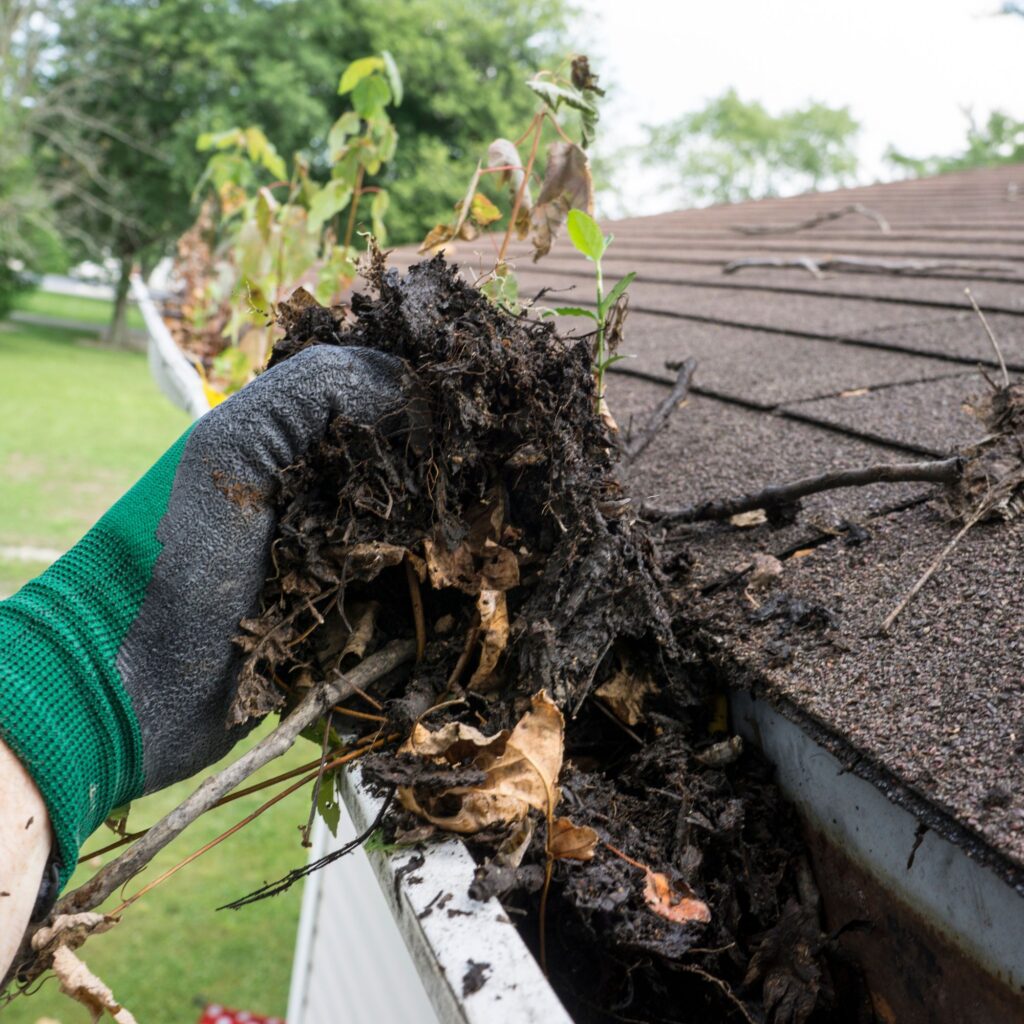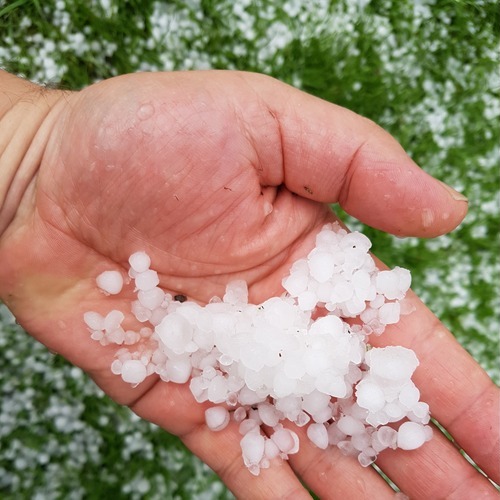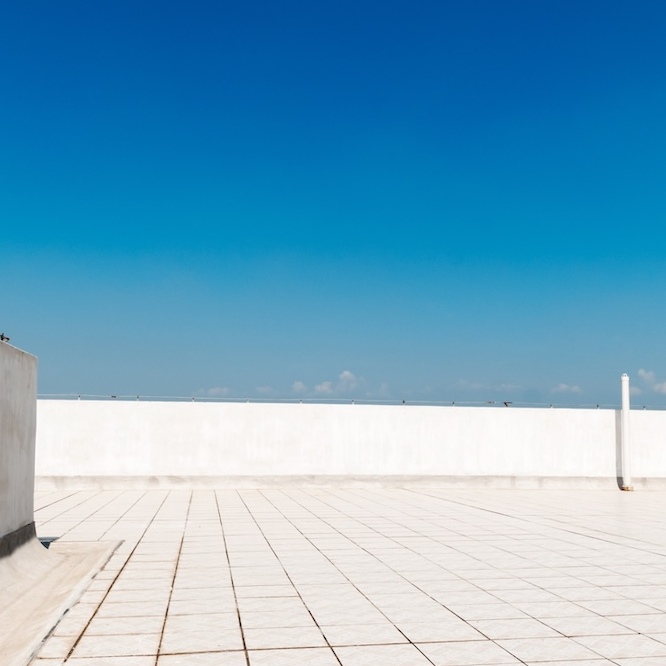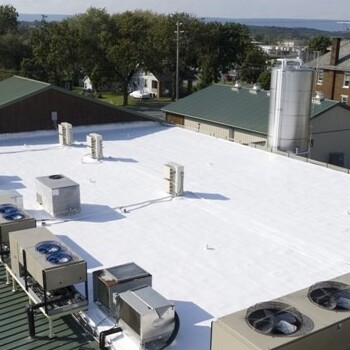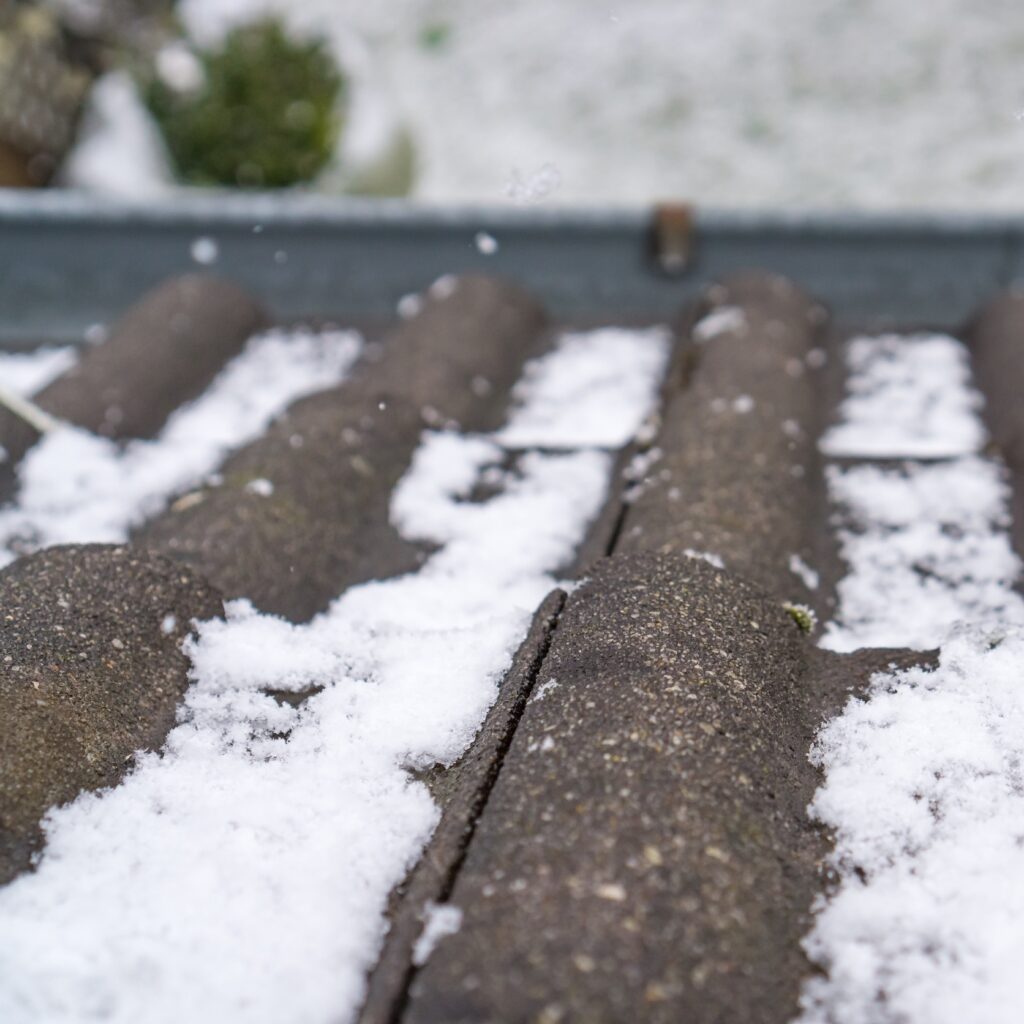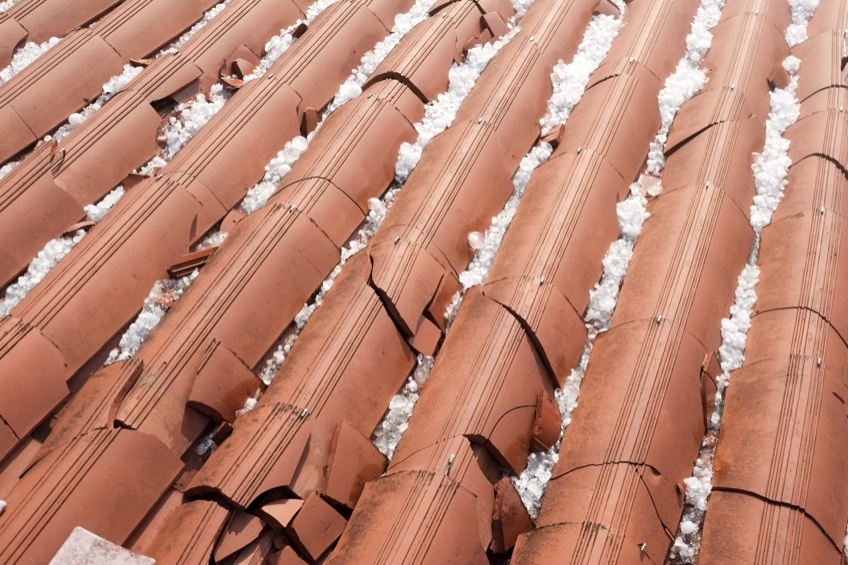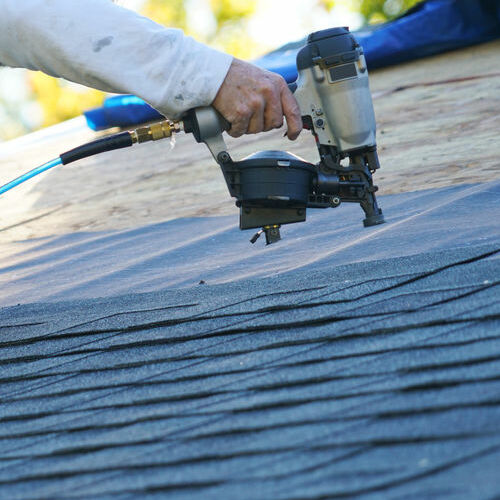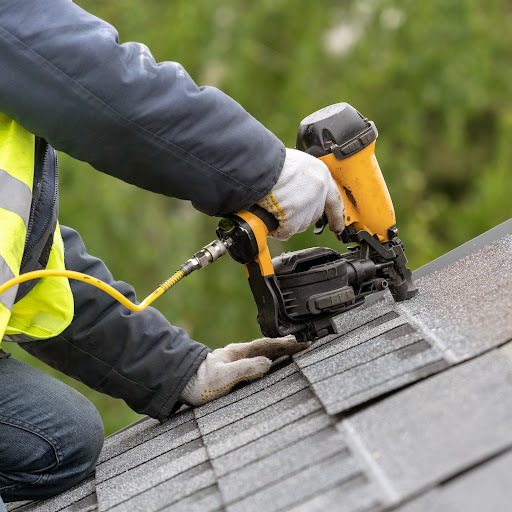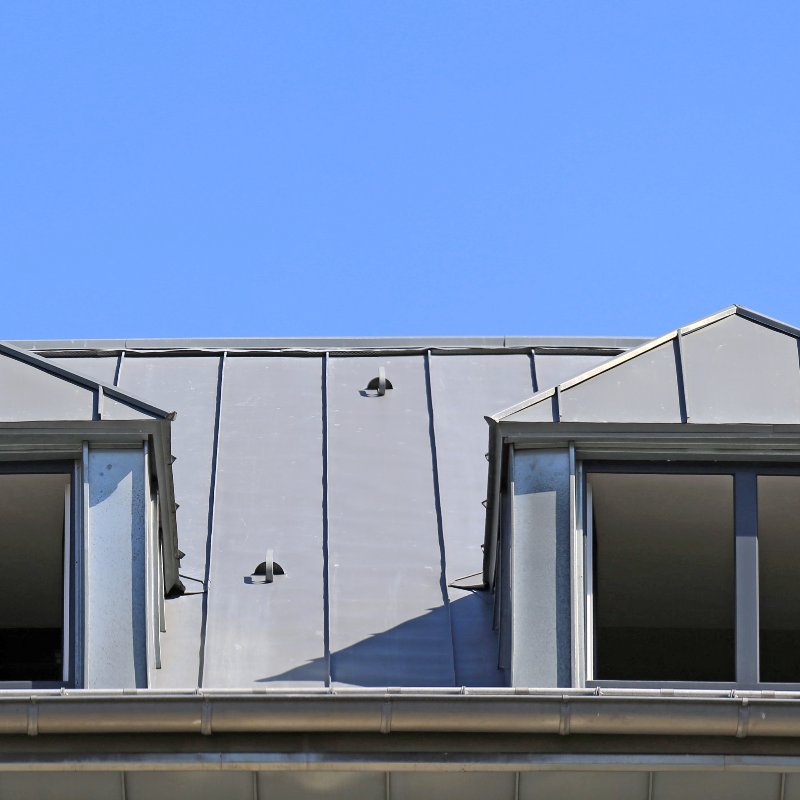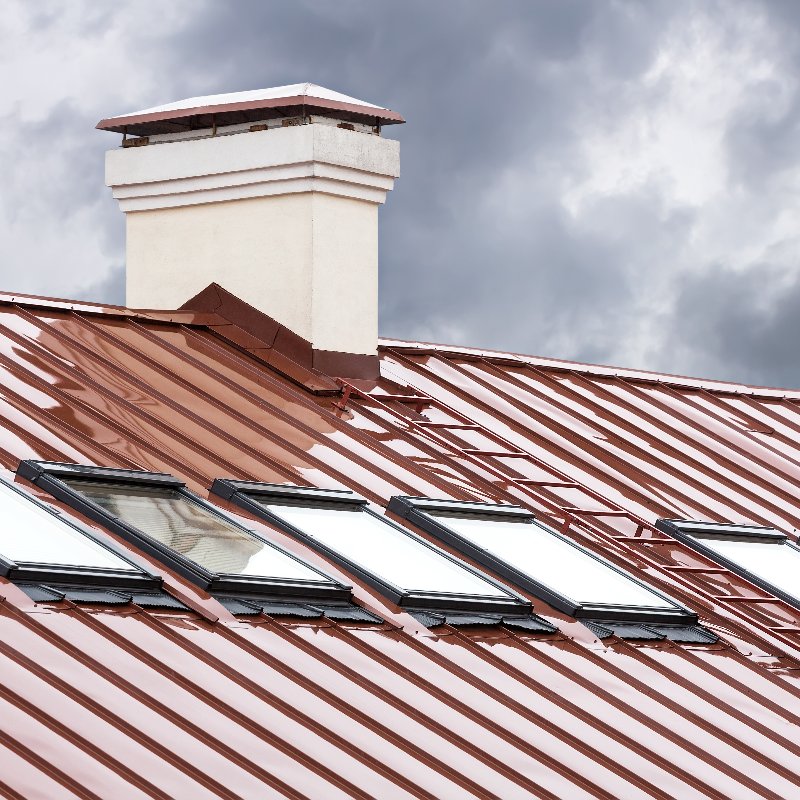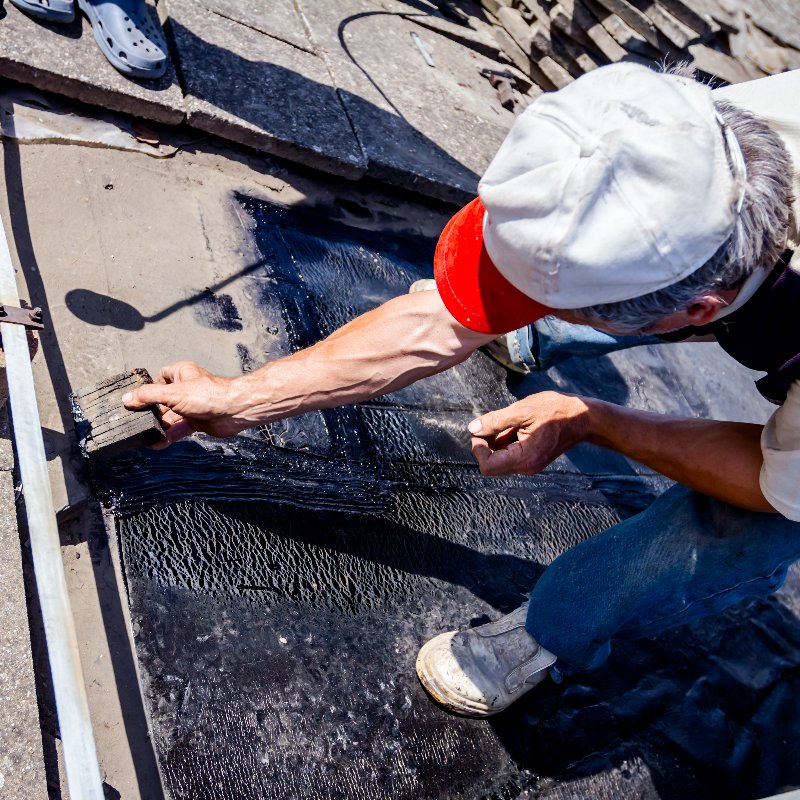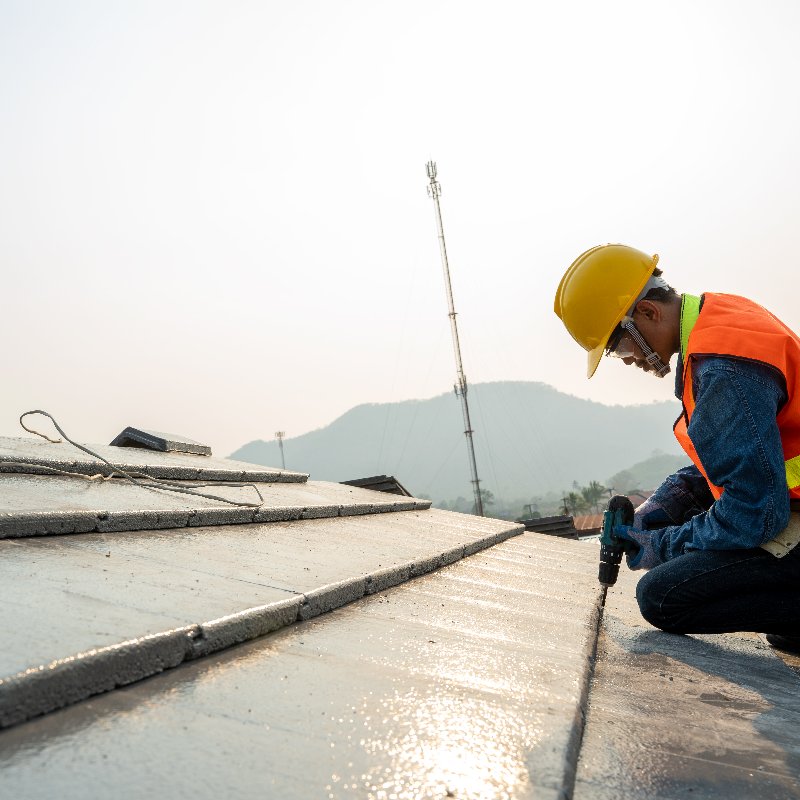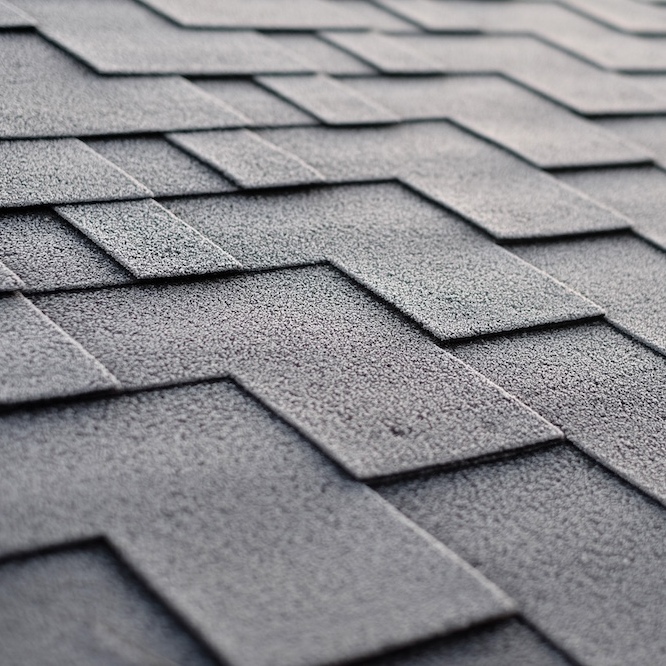
Explore the Benefits of Cool Roof Shingles
If you live in the Dallas, Texas area, or anywhere in the southern part of the country, you know how hot summers can get. Here in Texas, our summers are long, one of the longest seasons we experience. And you probably also know the importance of taking steps to keep your home cool. Well, it is just as important for a commercial structure too, and one of the best things a commercial structure owner can do is to have a cool roof installation.
What is a cool roof?
A cool roof reflects more of the sun’s UV rays than other types of commercial roofing. A cool roof absorbs less solar energy, which keeps the roof cool, which keeps the building cooler. This in turn keeps the air conditioner from working as hard. If you were to compare a cool roof installation to the clothing you wear, the lighter the color and weight, the cooler you are in the summer.
Is a cool roof installation expensive?
The average cost for a cool roof installation is within the same range as other types of commercial roofing. In fact, with a cool roof installation, you see a difference in the cost of utility bills because the air conditioner isn’t working as hard to keep the building cool.
Are there other benefits of a commercial roof installation?
Yes, in addition to the energy savings a cool roof installation will provide, other benefits are:
1. Moisture Control
Other roofing materials are susceptible to algae, mold, and other growths, especially in areas where it is humid, moist, and warm. Even in cold climates, a commercial roof will form condensation, and become moist, and algae, mold, and other growths.
2. Easy Installation
A cool roof installation can be applied to most any type of existing roof. This means no tear-off, minimizing landfill, and saving time on labor.
3. Energy-Efficiency
An energy-efficient cool roof installation reduces your building’s carbon footprint, moving forward and helps your company contribute to a sustainable future. As we mentioned already, it eases the stress on the HVAC system, cutting back your energy cost, and giving your HVAC a longer lifespan.
4. Extended Lifespan
A cool roof installation will reflect the UV rays, easing the stress on the roofing construction and deflecting the heat, both of which will prolong the roof’s lifespan. What is the life expectancy of a cool roof? When quality cool roof material is used by an experienced commercial roofer, you can expect a longer lifespan of another 10 years or more.
To ensure a longer lifespan, it is important to follow through with recommended maintenance plans. And get any repairs needed as soon as possible. The longer a cool roof has damage, the more damage can happen that will cost even more.
5. Help The Electric Grid
A cool roof installation will reduce the urban heat, a significant concern in warmer areas like Dallas, Texas. Even the smallest change in temperature can make a huge difference on the electric grid. While this helps not only your commercial structure, it is also helping the Texas power grid.
6. Comfort and Health
With a cool roof installation, your customers and employees will be more comfortable and happier. Comfortable, happy employees are more productive and comfortable, and happy customers stay longer and spend more money.
How much does a cool roof reduce heat on a commercial structure?
A cool roof installation can keep a building up to 50°F cooler.
What are the negatives of a cool roof?
There aren’t many negatives to a commercial cool roof installation, but you should consider the following before making the investment:
- To retrofit a cool roof installation, the conversion can increase the costs if any additional construction is needed.
- Cool roof installation is typically a lighter color, which shows dirt.
- A cool roof installation in cooler climates can increase the heating demand.
What is the most expensive roof system to install?
Even though metal roofing can have a long lifespan, it can also be the most expensive commercial roof. The cost can be prohibitive for large structures. Another downside to metal roofing is the noise factor. If not installed correctly with installing, it can be loud hailstones and rain.
What is the cheapest commercial roof system?
The cheapest commercial roofing material is a spray foam roof. The spray foam itself is cheaper and it takes less labor for the installation. Additionally, it has a high R-value which contributes to energy savings, it is repaired easily, requires minimal maintenance, and can renew an existing roof easily and inexpensively.
Topping It Off
The big question is typically, “Does a cool roof installation really work?”, and the answer is yes! But again, it isn’t recommended for cooler environments, and could actually cause an increase in the energy bills. Call us today at 214-295-5500 for a cool roof installation in Dallas, TX!


